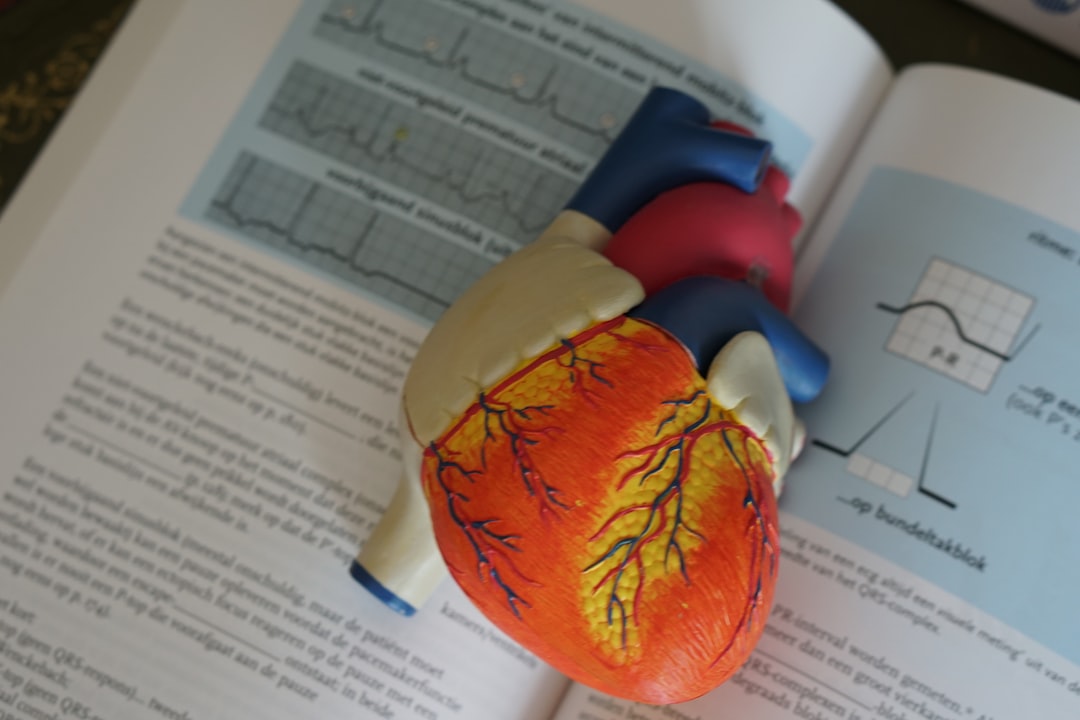What is it about?
ChREBP is conventionally regarding as a transcription factor involved in glucose sensing. The paper reviews the evidence that the function of ChREBP is consistent with a role in intracellular metabolite homeostasis rather than sensing of extracellular glucose. Cells need to maintain homeostasis of inorganic phosphate and phosphate esters in order to maintain ATP homeostasis. ChREBP is involved in this mechanism.
Featured Image
Why is it important?
In the fields of chronic disease such as type 2 diabetes, NAFLD and obesity there is a great deal of emphasis on blood glucose homeostasis and insulin resistance, which associates with several chronic metabolic diseases. Understanding the molecular basis of insulin resistance is therefore crucial. Compromised intracellular metabolite homeostasis, for example in conditions of glucose excess, is a major predisposing factor to impaired uptake of glucose. lack of understanding of this mechanism can lead to design of inappropriate therapies with short term efficacy but poor durability of efficacy.
Perspectives
Does ChREBP have multiple functions? Yes possibly, but I would argue that they are all linked to intracellular (as opposed to extracellular) homeostasis. This is distinct from insulin-signalling and glucagon-signalling pathways which are geared towards blood glucose homeostasis. The mechanisms for extracellular and intracellular homeostasis need to be integrated and balanced. In conditions of calorie excess these mechanisms are compromised and the level of compromise will depend on gene variants. In the absence or predisposing gene variants intracellular homeostasis would be expected to trump blood glucose homeostasis because of the crucial role of ATP homeostasis is preserving cell viability.
Professor Loranne Agius
Newcastle University
Read the Original
This page is a summary of: Dietary carbohydrate and control of hepatic gene expression: mechanistic links from ATP and phosphate ester homeostasis to the carbohydrate-response element-binding protein, Proceedings of The Nutrition Society, August 2015, Cambridge University Press,
DOI: 10.1017/s0029665115002451.
You can read the full text:
Resources
Contributors
The following have contributed to this page










